The Northwest Ordinance of 1787
The Northwest Ordinance was one of the United States most important founding documents, only less significant than the Declaration of Independence and the Constitution. The act, enacted by the Confederation Congress on July 13, 1787, created the Northwest Territory, officially known as the Territory of the United States North West of the River Ohio. This legislation created the country’s first organized incorporated territory and established a framework for further territorial expansions.
The Ordinance called for at least three but no more than five states to be created from this vast area that was once part of the Province of Quebec, but had been captured by George Rogers Clark during the American Revolution and then ceded by the British to the United States in the Treaty of Paris (1783). It was bounded by Pennsylvania on the east, Canada and the Great Lakes to the north, the upper Mississippi River on the west, and the Ohio River to the south. Eventually, five states (Ohio-1803, Indiana-1816, Illinois-1818, Michigan-1837, Wisconsin-1848) and a partial one (Minnesota-1858) were formed from the territory and added to the Union.
When the Revolution ended, this territory was sparsely settled by Europeans. In addition to a small group of American colonists, there were Native American tribes such as the Shawnee, Delaware, and Miami, some scattered French settlements, and a few forts the British had not evacuated as required by the Treaty of Paris (they would finally abandon the forts in 1795 with the Jay Treaty).
One reason for the lack of Americans in this rich land was the Royal Proclamation of 1763. This decree by King George III forbade settlement west of the Appalachians, along the line of the Eastern Continental Divide. His hope was to create a temporary buffer between the colonists and the Native Americans, and to better control the settlement of this territory.
Additionally, until the 1780s, several individual states laid claim to different parts of this land. Colonies such as Virginia and North Carolina believed their boundary extended westward to the Mississippi River. Even Massachusetts, in distant New England, claimed a wide swath in present day Michigan and Wisconsin and did not relinquish their title in the northwest until 1785.
Connecticut had the most expansive and longest held claim to acreage in this area. According to their original charter from King Charles II, they believed their colony owned a strip of land approximately 70 miles wide from what is now northeastern Pennsylvania to the Mississippi. Not surprisingly, Pennsylvanians disputed the portion of the claim adjacent to Pennsylvania and were awarded this land by Congress in 1782.
In 1786, Connecticut’s assembly ceded all their remaining claimed land in the Old Northwest to the federal government, except for a small section that came to be known as the Western Reserve which was sold to the Connecticut Land Company (land speculators) in 1796 for $1,200,000.
"Map of the Connecticut Western Reserve in Ohio." Wikimedia.
By the end of 1786, following much discussion with Congress, all claims to the Northwest Territory (except for Connecticut’s Western Reserve) had been relinquished by the several states to the federal government. They had done so for various reasons but primarily because Congress agreed to assume debt the states had incurred during the American Revolution.
Despite the richness of the land, there were concerns about adding this new territory to the country. Many worried that the settlement of the west would be a manpower drain on the original thirteen states in the east. The vast waves of emigrants from Europe that eventually populated America were not envisioned by the founding generation.
Others, especially diehard republicans, felt that to survive republics must remain small so all decisions and decision makers were local. Political philosophers such as the Frenchman Montesquieu warned that a republic’s effective authority diminished as its boundaries expanded. Fresh on the heels of securing its independence, many were afraid to lose what they had worked so hard to achieve.
The provisions of the Ordinance itself were significant and precedent setting. They prohibited slavery anywhere in the territory, essentially establishing the Ohio River as the dividing line between slave holding and free states. In effect, this stipulation extended the Mason-Dixon line, surveyed in the 1760s, as far west as the Mississippi.
In some ways, the Northwest Ordinance foreshadowed the Bill of Rights in that it mandated many of the same natural rights found in that document, rights such as freedom of religion, trial by jury, and no cruel and unusual punishment. It also emphasized public education be made available to all citizens, including a provision for a public university. This dream became a reality in 1804 with the establishment of Ohio University in Athens, OH, the first college ever chartered by an Act of Congress.
Coming just before the adoption of the Constitution, Congress re-enacted the Northwest Ordinance in 1789 to codify the original provisions within the scope of the new federal government. It would prove to be an essential tool, along with Article 4 of the Constitution, for the well-organized and systematic westward expansion of the United States in the decades to come.
Next week, we will discuss the Northwest Indian War. Until then, may your motto be “Ducit Amor Patriae,” love of country leads me.

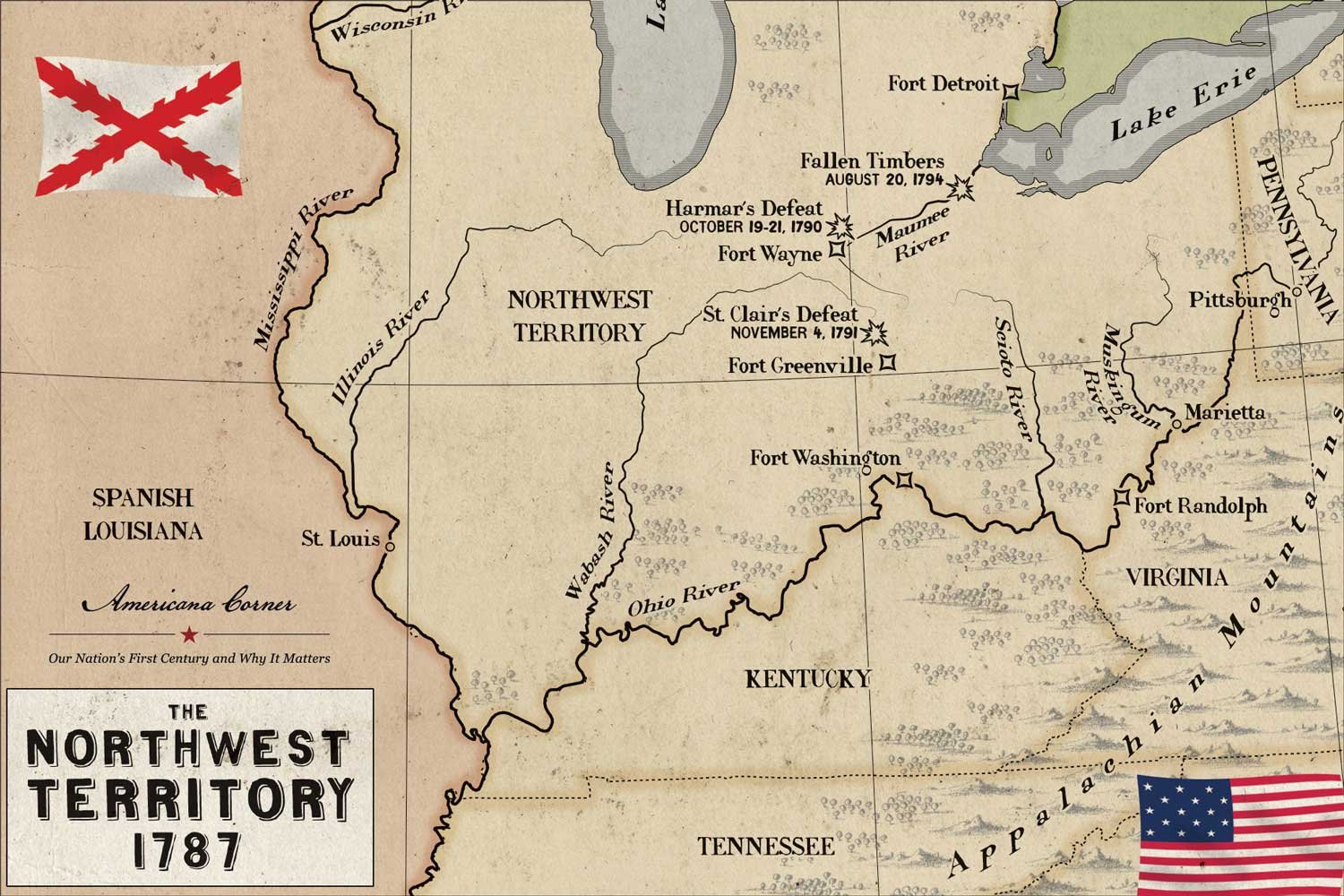

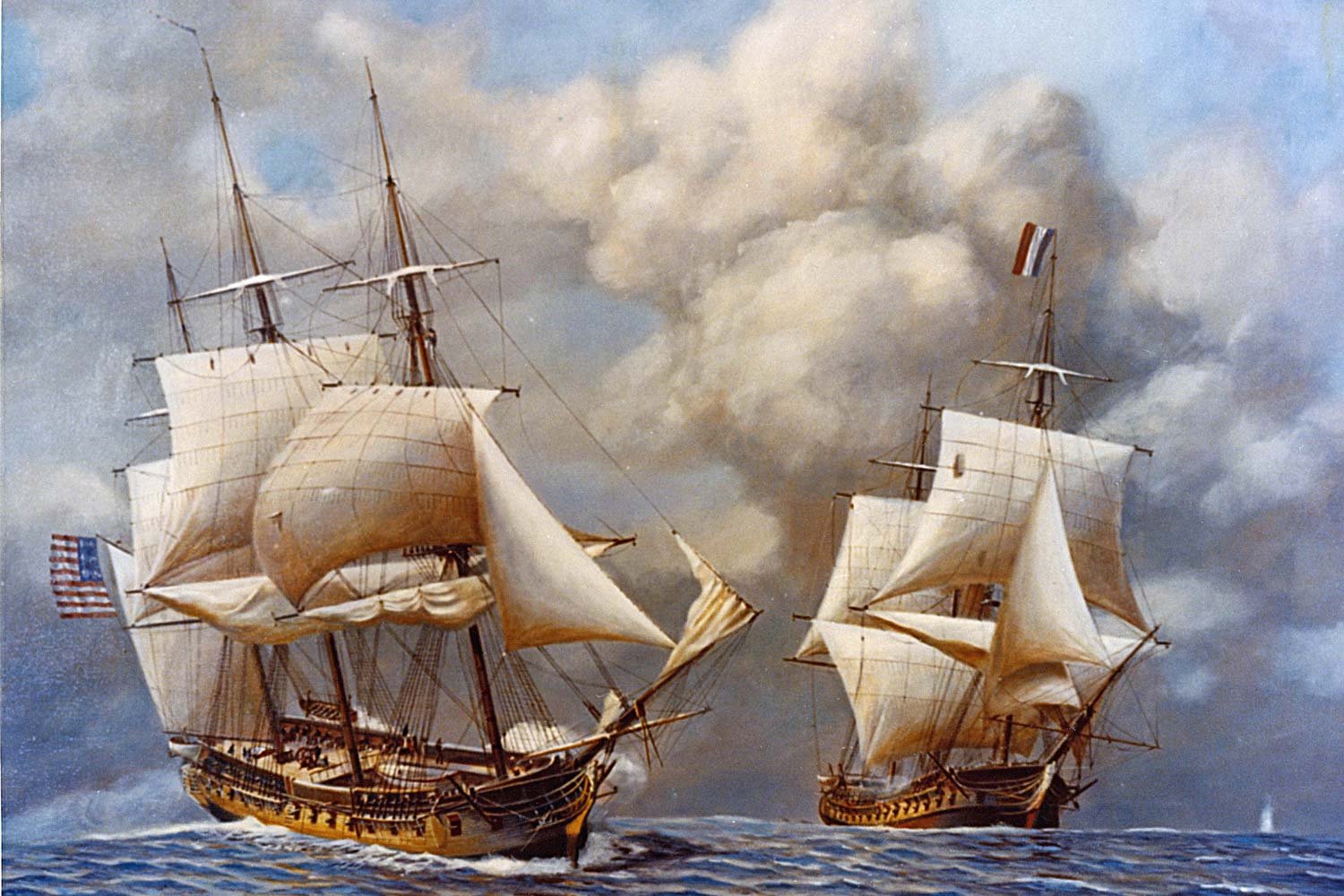
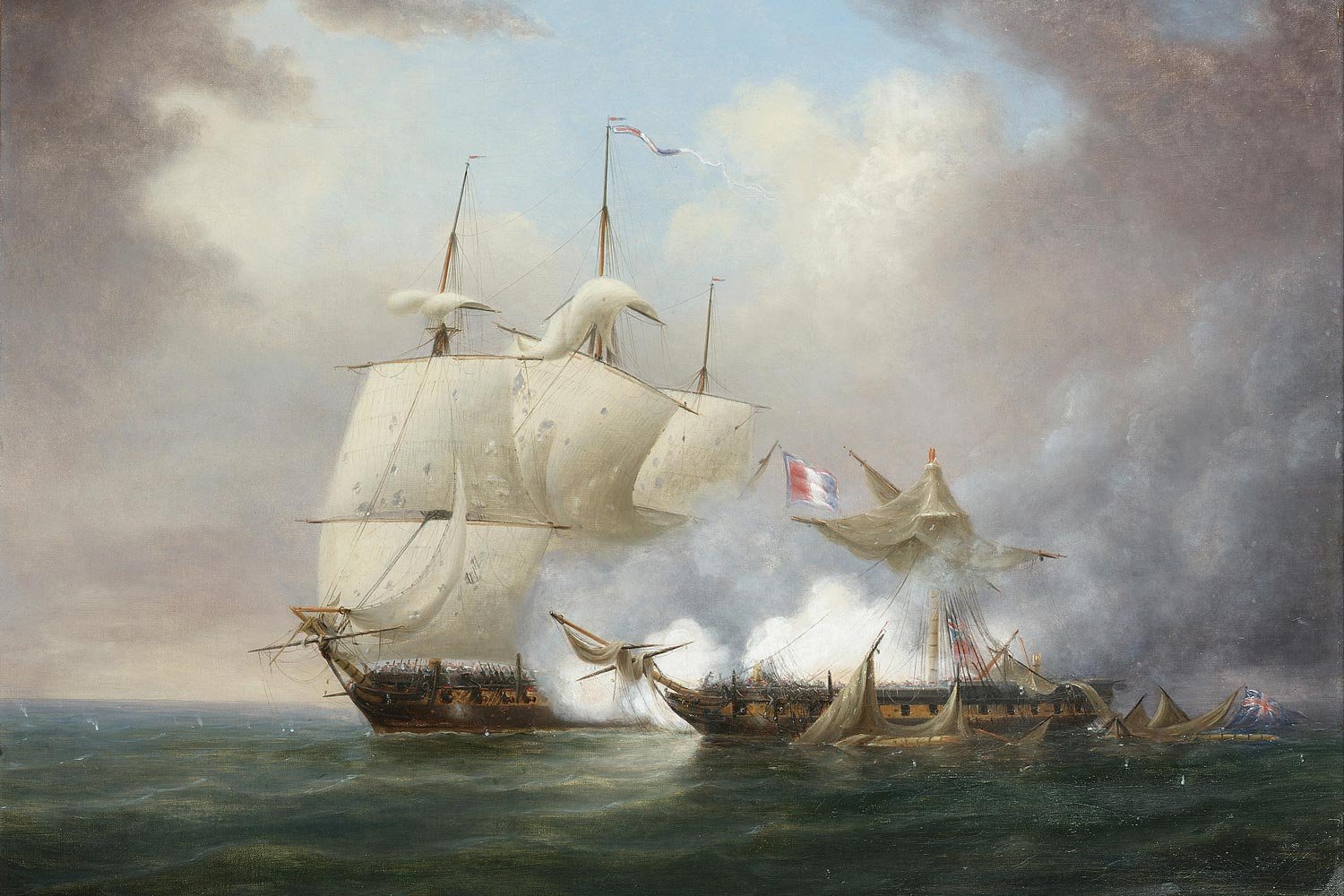
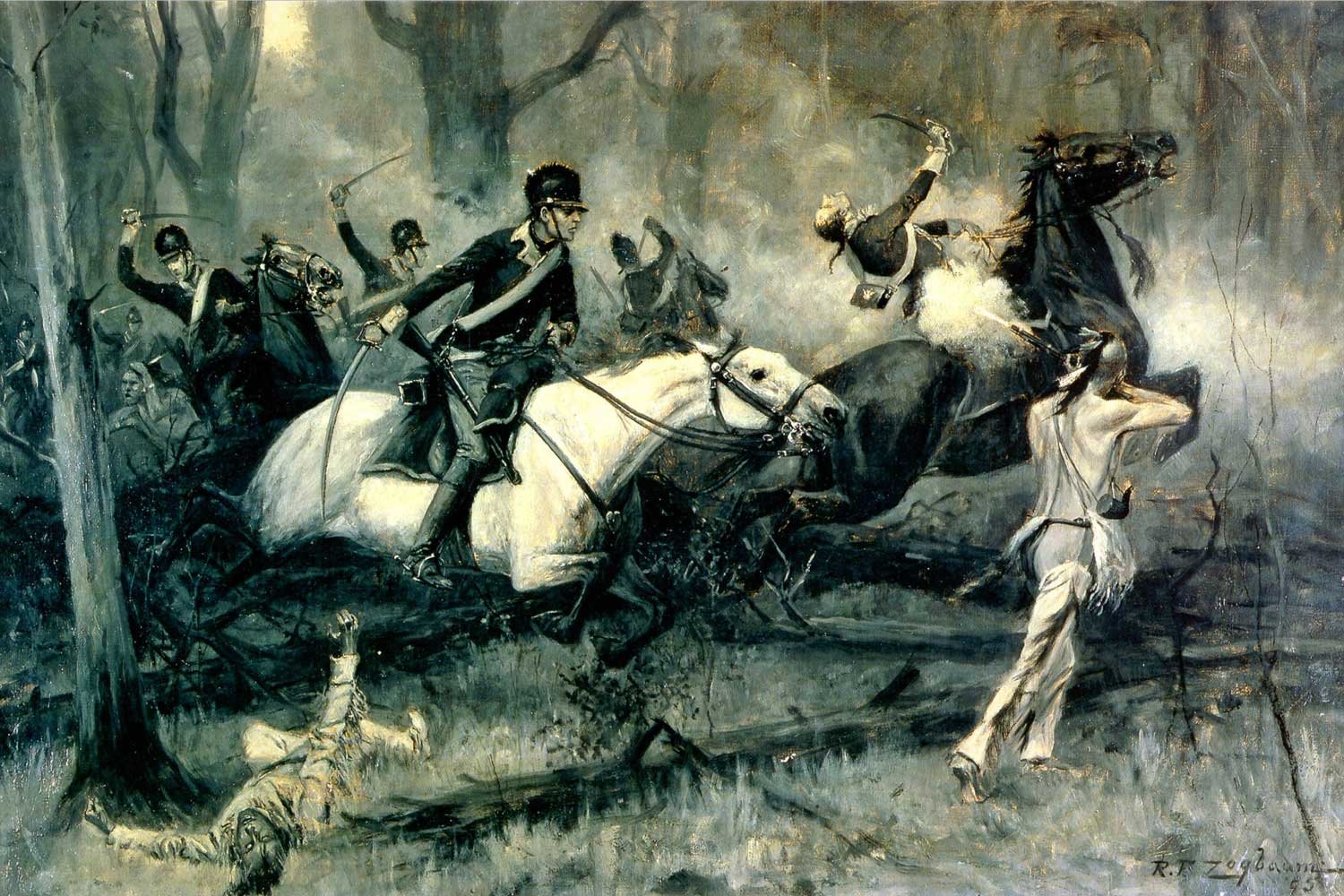
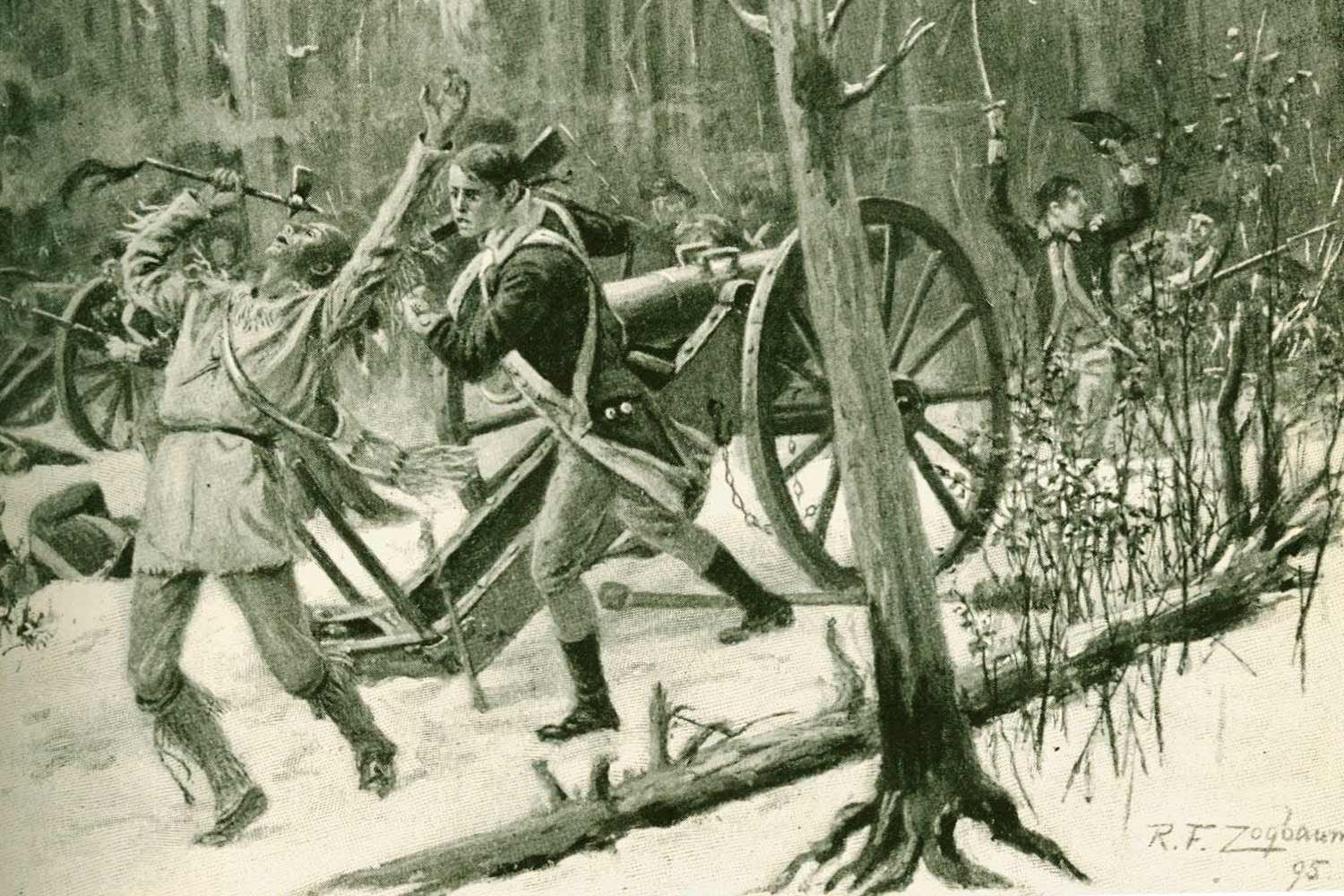
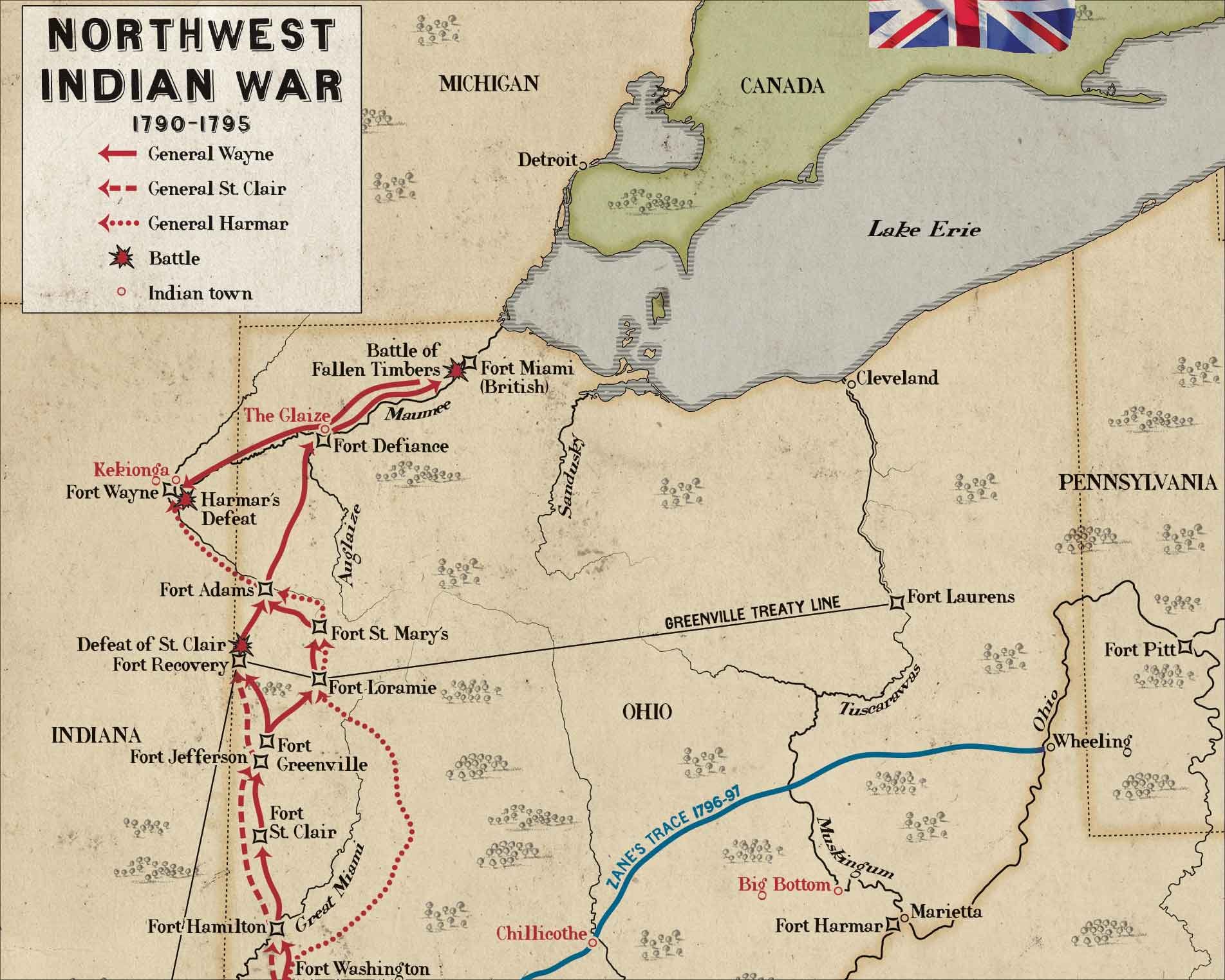
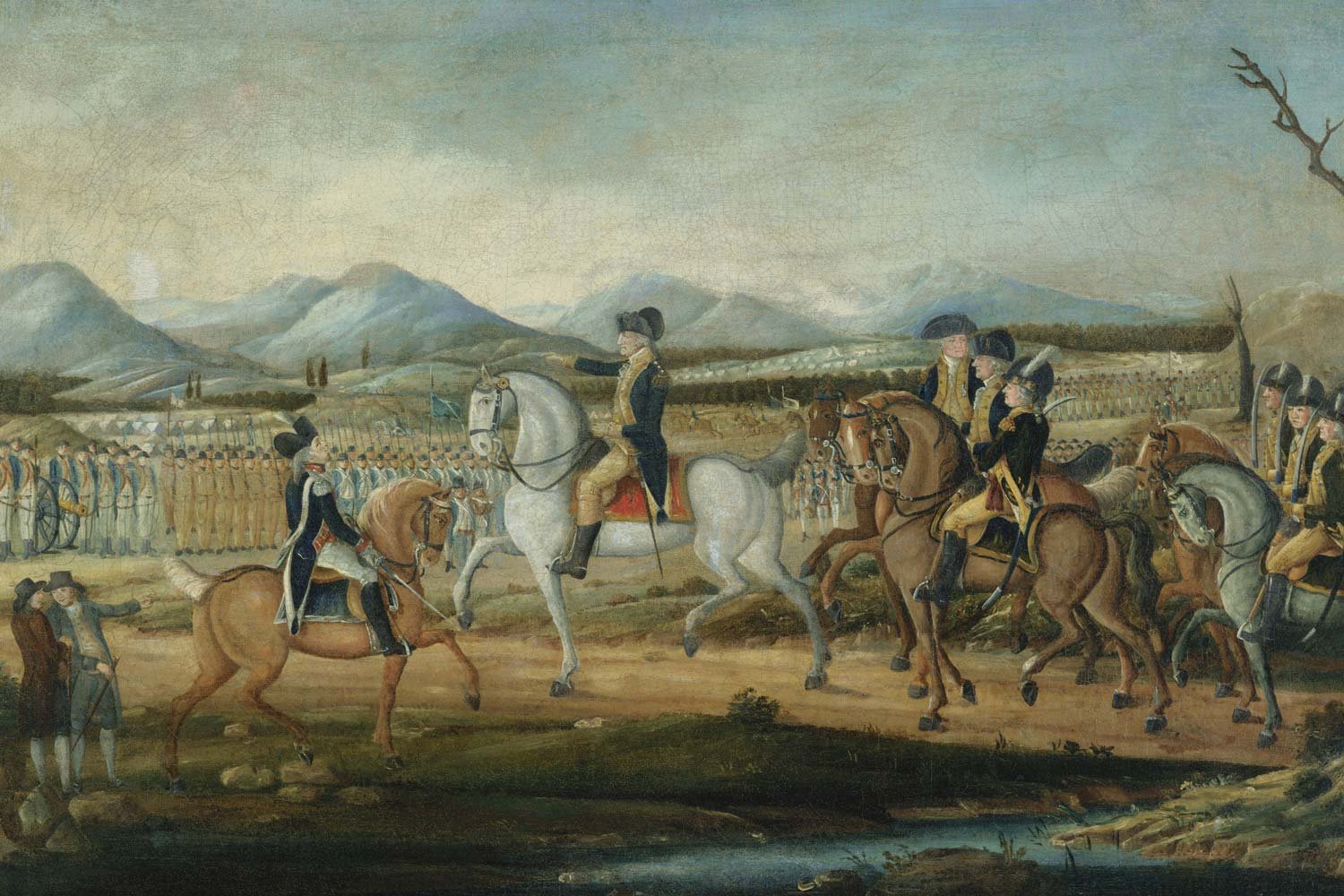
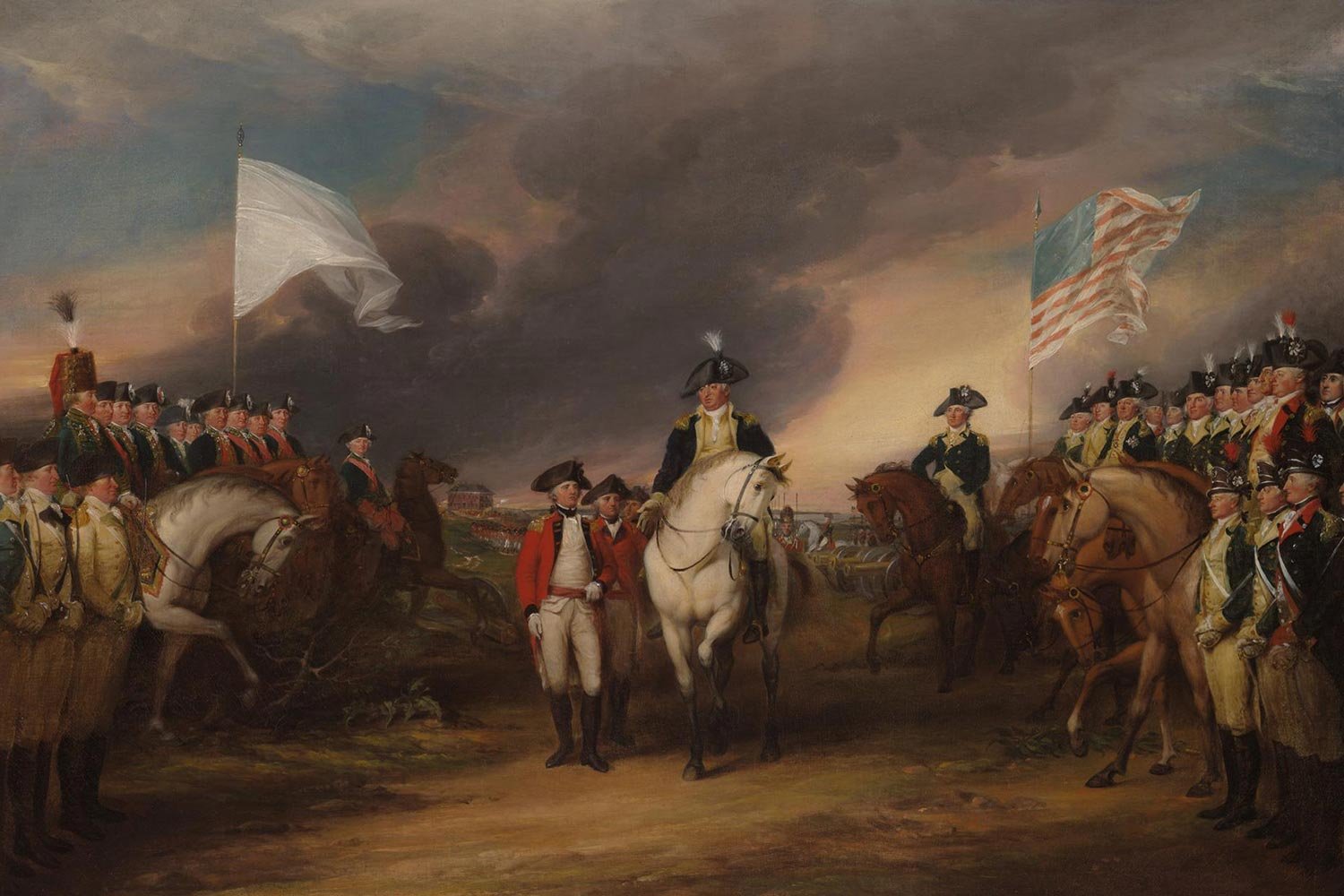
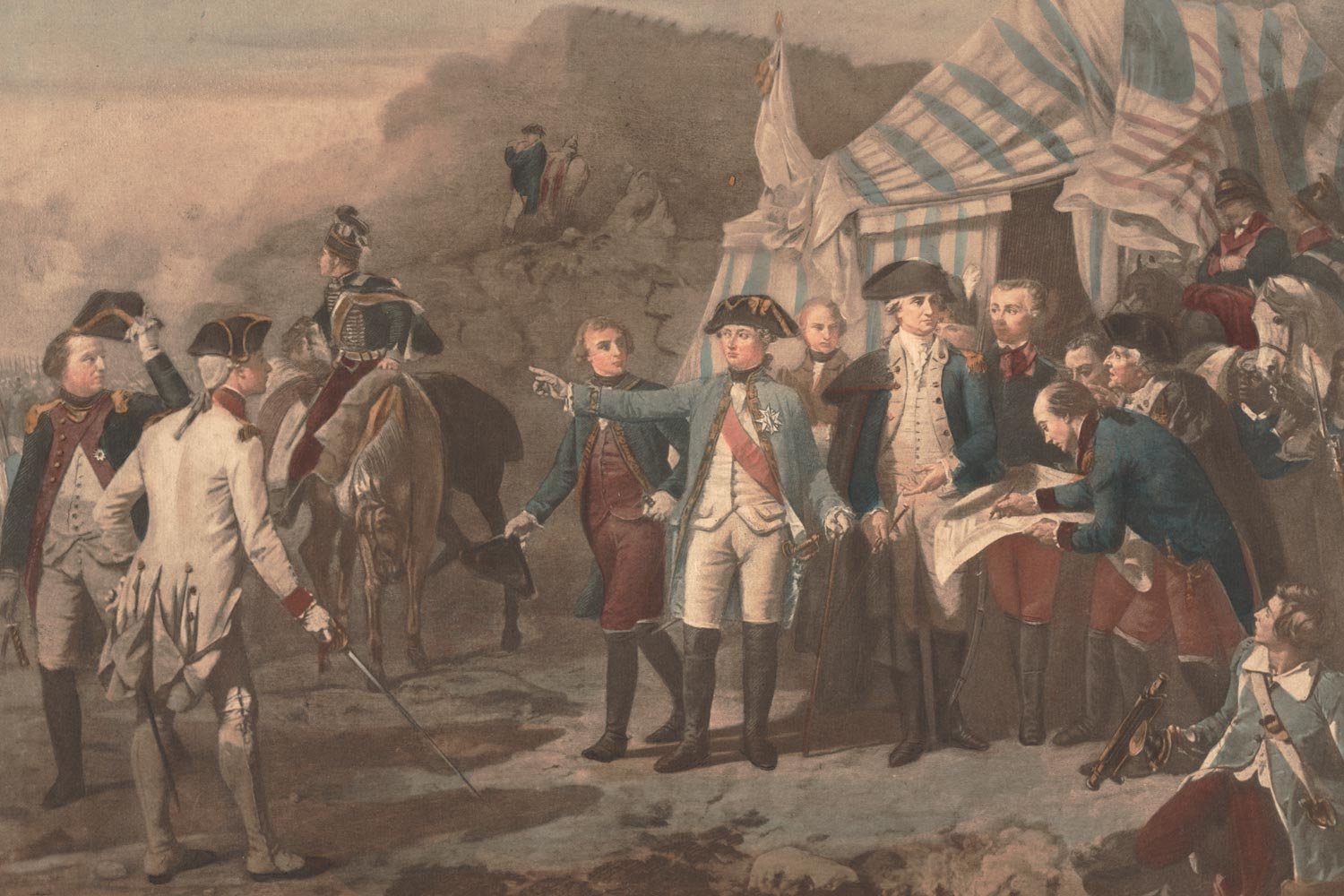
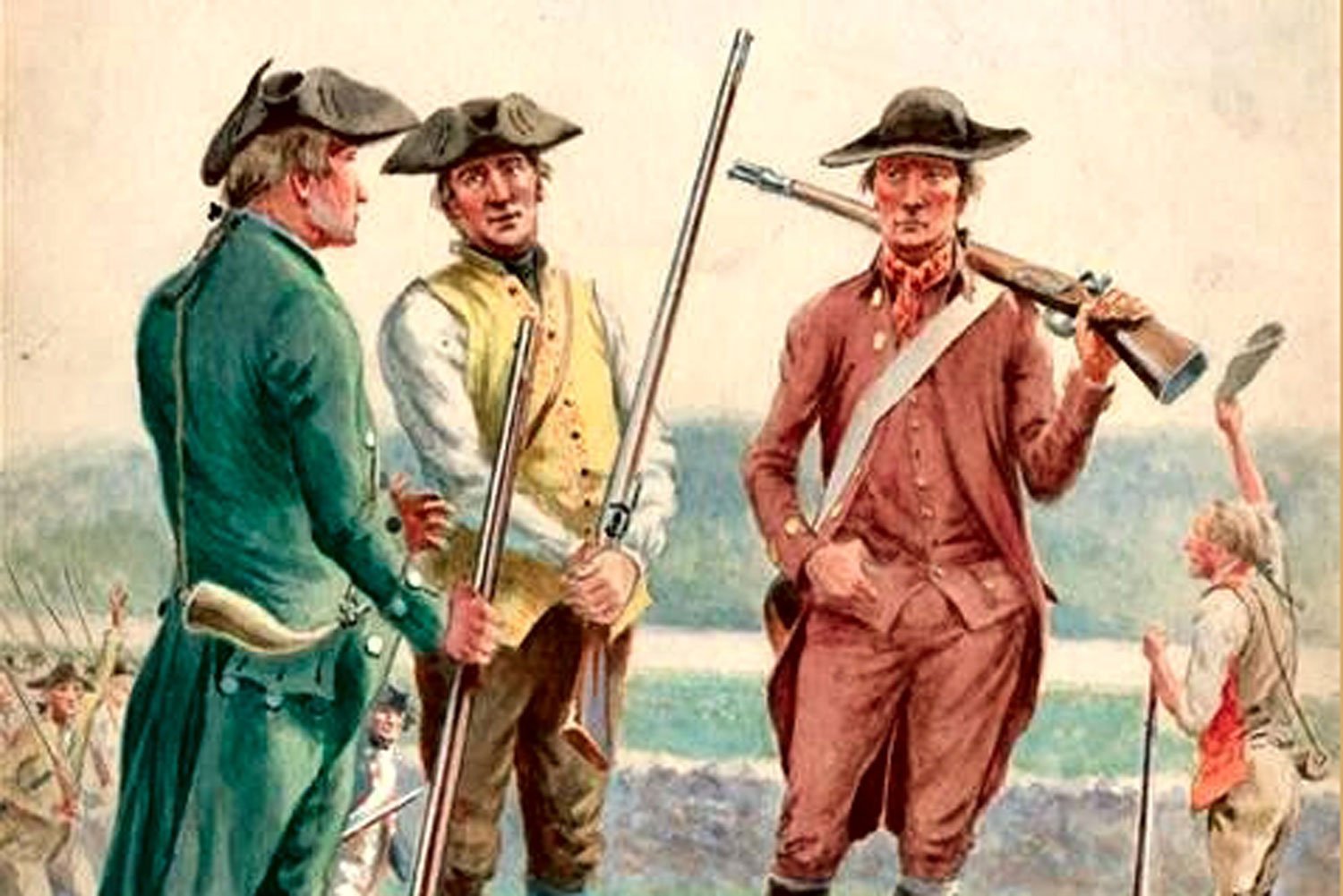
The only fighting in the Quasi-War occurred at sea, and mostly in the Caribbean. But with war at a fever pitch and French interests so close by in Louisiana, there was a very real concern in Congress about a possible French invasion of the United States from the west.